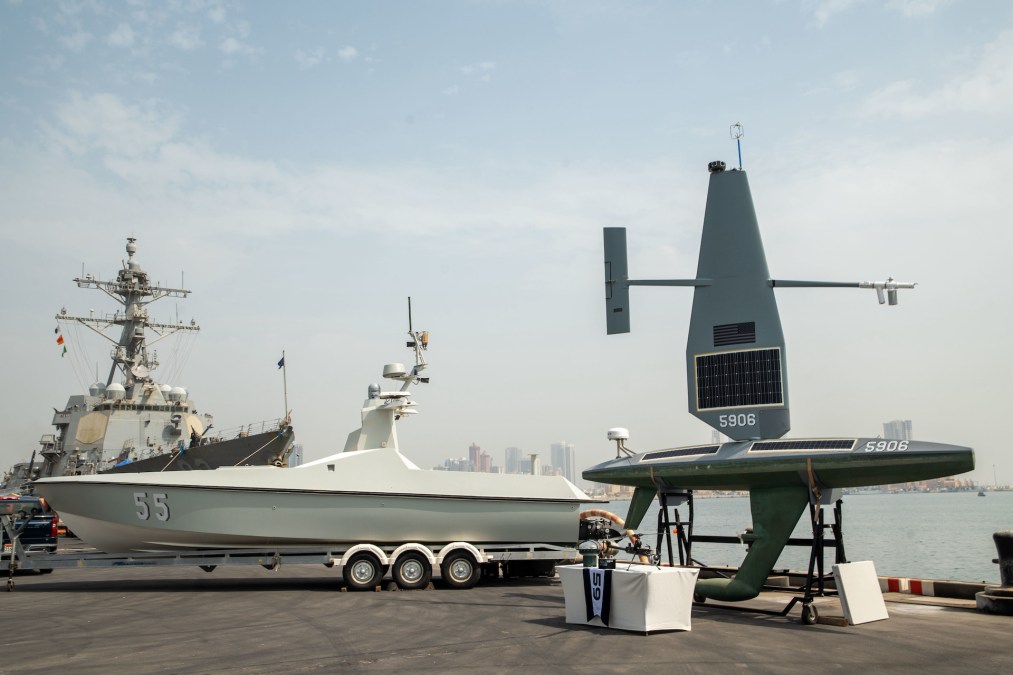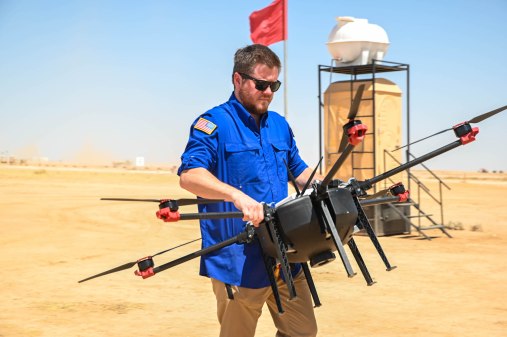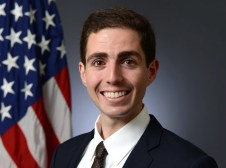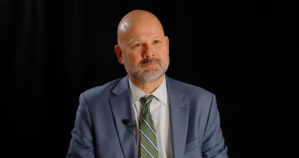Central Command gets new chief technology officer

The combatant command that oversees American military operations in the Middle East has a new chief technology officer.
Joy Angela Shanaberger, who recently served as a senior adviser to Deputy Defense Secretary Kathleen Hicks during the Biden administration, took on the CTO role at U.S. Central Command, which is headquartered in Tampa, Florida, last month.
“Joining a great team in the sunshine state,” Shanaberger wrote in a LinkedIn post, adding that she’s “ready to achieve big things together, deliberately.”
In her new job, Shanaberger is poised to play a key role in driving forward innovation efforts that have applicability across the military.
In addition to conducting operations against terrorist groups, the Iranian military and its proxies in recent months and years, Central Command is serving as a test bed for advanced technologies — including unmanned platforms, AI and machine learning, and counter-drone systems — via organizations like Task Force 59, Task Force 99, Task Force 39 and others.
Shanaberger succeeds Schuyler Moore, who served as the first-ever CTO at Centcom. Moore is now serving in an intelligence role at U.S. Naval Forces Europe headquarters in Naples, Italy, where she’s been mobilized by the Navy Reserve.
“Hat tip to Schuyler Moore for the incredible work accomplished in her tenure and setting me up for success. Looking forward to scaling up!” Shanaberger wrote on LinkedIn.
Moore wrote that the combatant command was “lucky” to have Shanaberger onboard.
According to Shanaberger’s LinkedIn profile, she previously founded a company called Boone, which she described as a “tech-acceleration company serving defense and intelligence communities with rapid tech deployment to the tactical edge.”
During the Obama administration, she served as a special assistant in what was then known as the Office of the Under Secretary of Defense for Acquisition, Technology and Logistics. The AT&L directorate was subsequently split up to make way for separate Acquisition and Sustainment and Research and Engineering directorates.






